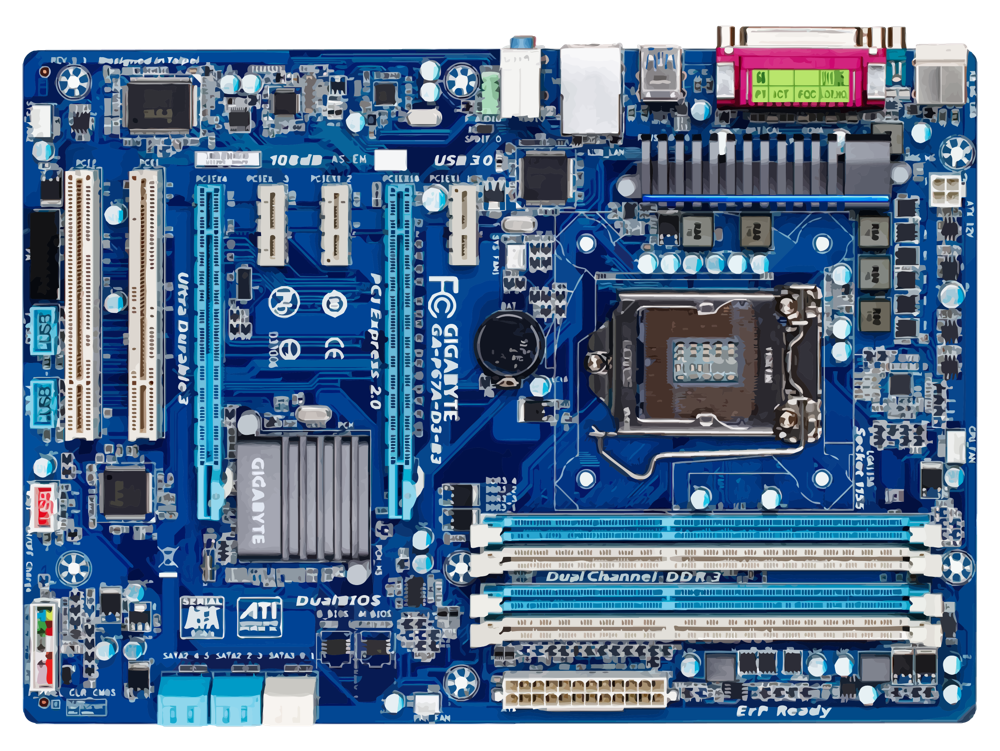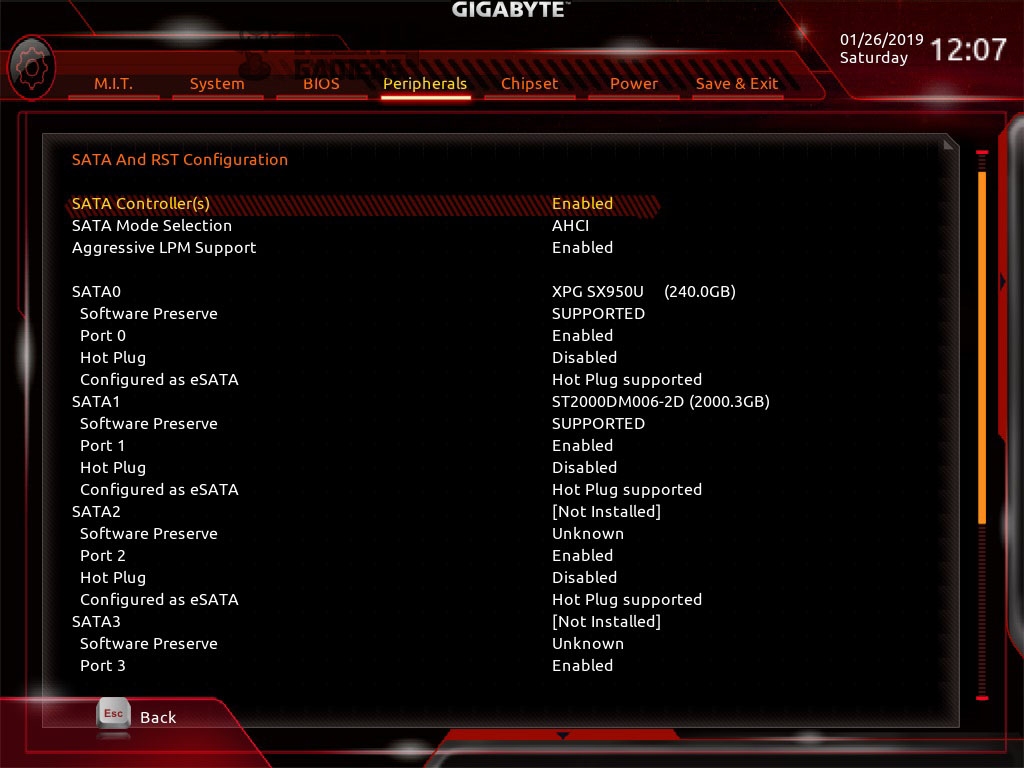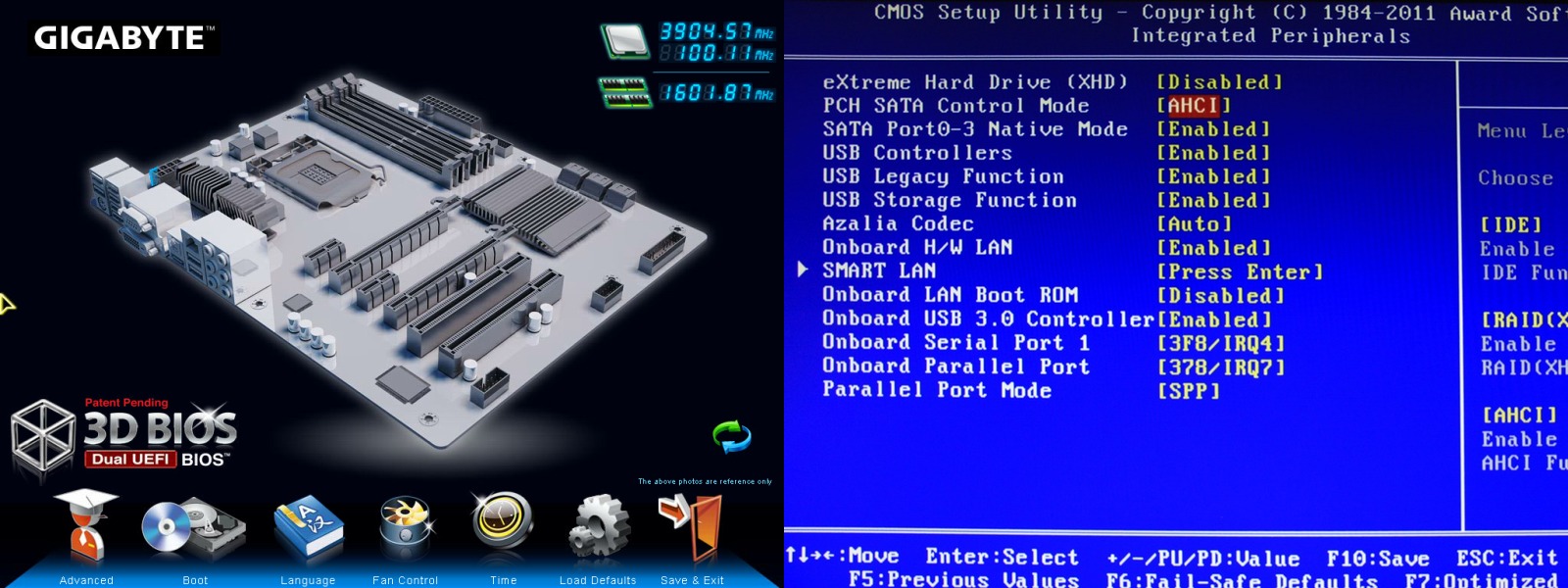

We're using Rufus, but you can use any of the options listed above.
GIGABYTE MOTHERBOARD BIOS UPDATE
To update your BIOS via DOS, you will need a bootable USB. Select your USB stick and follow the onscreen instructions to complete your BIOS update. Once started, you will be asked to navigate to the BIOS file. Use the boards UEFI interface to navigate to the board's BIOS update section usually dubbed "EZ-Flash," "M-Flash" or the like. Upon restart, enter the BIOS again using the method above.


Leave the stick plugged in to your computer and then restart the system. Take the BIOS update you downloaded from the manufacturer's website and place it on the USB stick. If one is not available, you can still use the USB stick to update your BIOS in an UEFI environment, if such is a feature of your motherboard. If not, then check with your hardware provider.
GIGABYTE MOTHERBOARD BIOS DOWNLOAD
The update utility is often part of the download package from the manufacturer. Now you can download your motherboard's latest BIOS update and update utility from the manufacturer's website. Your current BIOS version will be listed under "BIOS Version/Date". Then type "msinfo32" to bring up your computer's System Information log. Press Window Key+R to access the "RUN" command window. You can also locate your current BIOS while in Windows. However it may be F2 or F8 on some laptops and desktop systems. Restart your computer and press or hold down the appropriate key to enter your system BIOS. It's easy to determine your currently installed BIOS. To update your BIOS, first check your currently installed BIOS version. Internet Connection to download BIOS update from manufacturer's company website.
GIGABYTE MOTHERBOARD BIOS PC


 0 kommentar(er)
0 kommentar(er)
